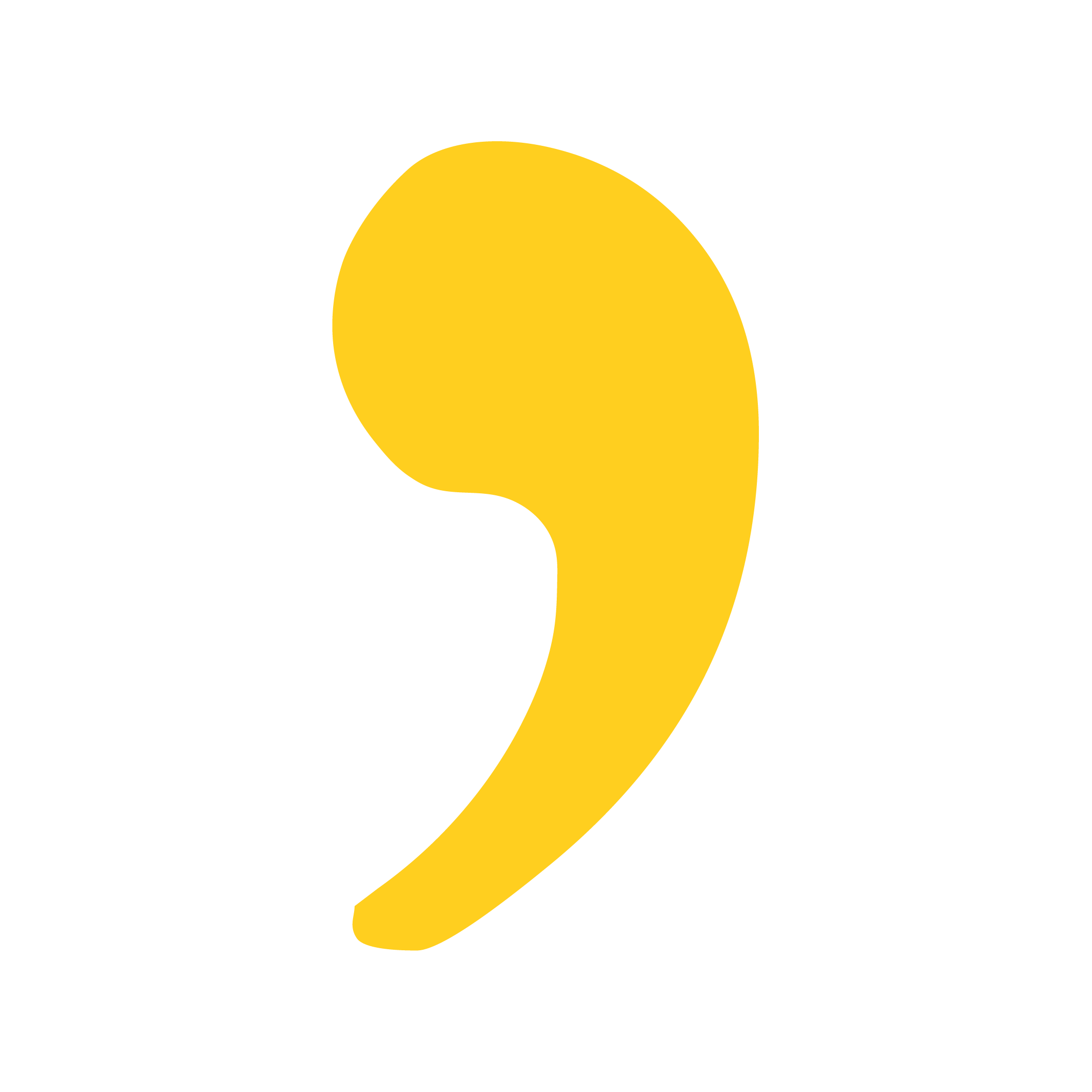Mindful Media is all about reintegrating mental health into our modern lifestyle, and we’ve got some tips to help you discover how to do just that during the holiday season. Social media is synonymous with overreaching advertising. From a business perspective, it’s an extremely efficient marketing tool. But from the mental health standpoint, social media has morphed into a behemoth of toxic addiction that causes depression and anxiety. So where is the middle ground in all of this?
In 2022, there were over 4.59 billion (that’s billion with a B) social media users worldwide, yet 33% of adults reported experiencing loneliness. Studies expect there to be 4.89 billion (yes, billion with a B) social media users worldwide in 2023, which is about a 6.5% increase from last year. Social media is not a human connection; it’s a tool to get eyeballs. And the goal of big companies pulling the strings is for those nearly five billion sets of eyeballs to stay glued to screens and focused on spending resources (money, time, energy) on specifically targeted merchandise, goods, and services.
Spending on social media advertising surpassed $226 billion (again, that’s billion with a B) in 2022. In a recent survey, 59% of Americans reported being influenced by social media to make a purchase, and a daunting 45% reported having gone into debt to purchase something they saw on social media. It appears the schemes are working, but to the detriment of people.
Even some of the mental health ecosystem has succumbed to the prospect of financial gain in social media apps. Recent headlines have exposed therapy apps like Cerebral, Headway, BetterHelp, and Talkspace for various breaches in legal regulations and compliance standards. The use of data from some of these tech startups has been collected and sold to social media platforms and marketing conglomerates, leading to targeted ads directed towards the app users.
We call on mental health ecosystem leaders to step up and ensure privacy and safety are paramount when using apps. And they shouldn’t stop there; we must be more mindful of these apps’ effects. Otherwise, the outcome is dire: social media will continue to dominate our minds and resources, spreading misinformation and disinformation, and targeting people to go into debt.
Spending habits during the holidays are exacerbated due to social media and advertising. Granted, large-scale sale events like Black Friday and Cyber Monday definitely impact these consumer spending habits as there is a more concentrated window of opportunity for the best deals and bargains on higher end items and electronics. However, the method of madness is what is most concerning.
With over 87% of Gen Z reportedly utilizing social media as inspiration for holiday shopping, the role of online media consumption from late October through the New Year is prime time for retailers to push out content and ads to influence consumers’ purchasing habits. Which comes as no surprise to them, as retailers can expect an 18% rise in messages on social media platforms as compared to the rest of the year.
Furthermore, the holiday season absolutely brings with it complicated feelings and emotions, and social media emphasizes this. There is even a correlation between social media use in young people and increases in alcohol consumption. This trend can be multiplied during the holidays when time away from school, work, and normal routines are replaced by the sometimes stressful family moments and increases in travel. There is already room for mental health concerns to grow during these times without the added influence of YouTube, Twitter, TikTok, Instagram, and Facebook. Of note, social media use sees an estimated spike of 73% during the holidays. Awareness of this troubling trend is the first step towards proactively preparing for more mindful media habits.
The biggest tip to combat the negative effects of social media is by limiting its use. The average person spends 147 minutes on social media per day in 2022, which is the highest it’s ever been. But breaks from social media have been proven to improve well-being and decrease depression and anxiety. Incorporating consistent time away from screens boosts our mental health.
No matter how you use social media, remember what is so enticing about the concept in the first place: connection. The digital, scripted, polished versions of interactions and relationships found on apps cannot provide what real, face-to-face communication can offer. It can serve a purpose and be part of the bigger picture, but as you integrate mental health more into your life, mindful media is a make-or-break piece of the puzzle.
We hate social media. So follow us. ???? We are invested in integrating mental health into all aspects of life, including on social media. We call it mindful media, and there must be more of it thrown into the mix of all the rest. The world will continue to utilize social media, so the time to push for healthier habits and uplifting edutainment is now. #MindfulMedia


Recent Comments